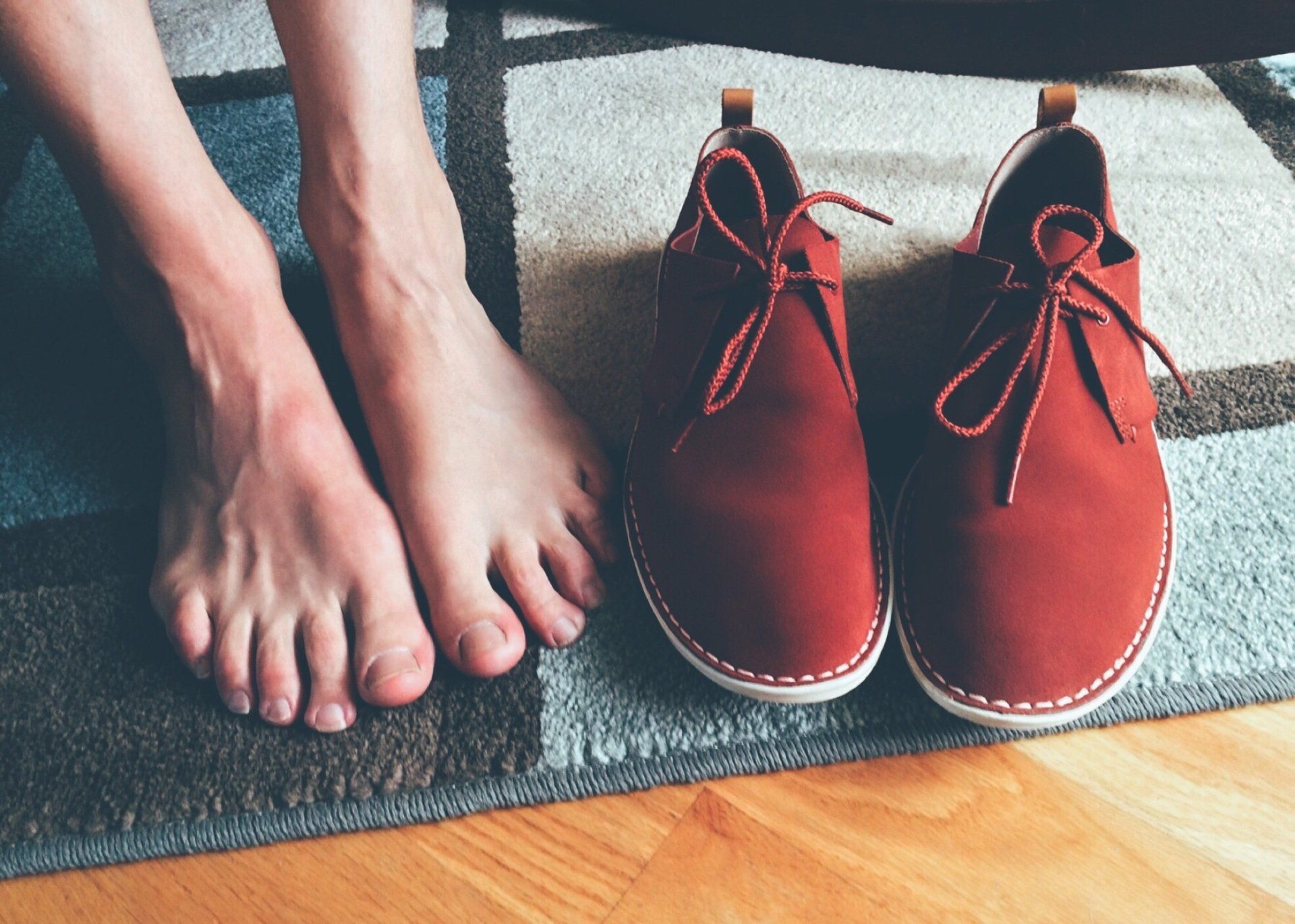How I grow seed sprouts as an alternative to HRT

For the past few years I have enjoyed the many befits of sprouted foods. My journey began as I began to experience the many symptoms of the perimenopause. The first thing I noticed was my sleep changed, going from a 8-9 hour a night person who liked to lie in at weekends, to waking at 6am, 5am or even 4am. Then the hot flushes began, gently at first, perhaps noticing that I felt hot if I was cooking, later finding it harder to generally control my temperature. I would start to sweat if there was even a small rise in room temperature. I have always suffered with PMT headaches, but they became so intense I couldn't function in a normal day. They were lasting around 4 days every month. Then there was the emotional changes, very low moods every month and flashes of anger, often over nothing at all. My cycle reduced from 28 days to 21.
I realised I needed to do something, but I was reluctant to use HRT. I began searching for supplements, but was overwhelmed with where to start and the cost of buying them.
Then I came across this book, and its changed my life
Grow your own HRT by Sally Duffel
Within just a week or so, my headaches stopped and have not returned, the hot flushes disappeared, my mood calmed, and my cycle returned to its normal 28 days. My sleep improved and one particular sprout even had advantages for my relationship with my husband, but you'll have to read the book to learn about that!
The book explains how once sprouted seeds were a normal part of our society's diet, but that we no longer seem to reap their benefits. Sprouted foods are one of the world's richest sources of plant hormones. Not only that they contain plan sterols and natural detoxifying nutrients that can help with menopause, cancer, heart disease, osteoporosis, dementia, and many other 'western' diseases.
This post is not about the amazing and varied benefits of sprouting your own food, but a simple 'how to start' guide. I would really encourage you to buy the book as it explains sprouting in more detail as well as the multitude of benefits all backed up by research and evidence.
To start, you will need some jam jars, muslin cloth (or any open weave cloth), and rubber bands. A sprouting tray is helpful but you can start off sprouting with jars, and move onto trays if you enjoy sprouting.
- Begin by soaking your seeds overnight. Put about a tablespoon in a jar, cover with a few cms of water (if chlorine free so much the better) and cover with muslin cloth secured with elastic band.
- In the morning, drain the water through the cloth and tip the jar open end down so that it rests at about 45 degrees to allow any remaining water to drain. I rest my jars in a ramekin.
- Place jar in the dark.
- Repeat rinse and drain twice a day.
- When the seeds have sprouted and you can see a stem and the first two leaves, place the jar in the light, or tip into a sprouting tray. Indirect light is best, a sunny south facing windowsill gets too warm.
- Grow for a few more days until the leaves are green and have opened.
- You can then store the sprouts in a box in the fridge for about a week. Place them on a piece of kitchen towel to help absorb excess moisture.
I have some posts on facebook and instagram which might be helpful, or you are welcome to get in touch.
Happy sprouting!



